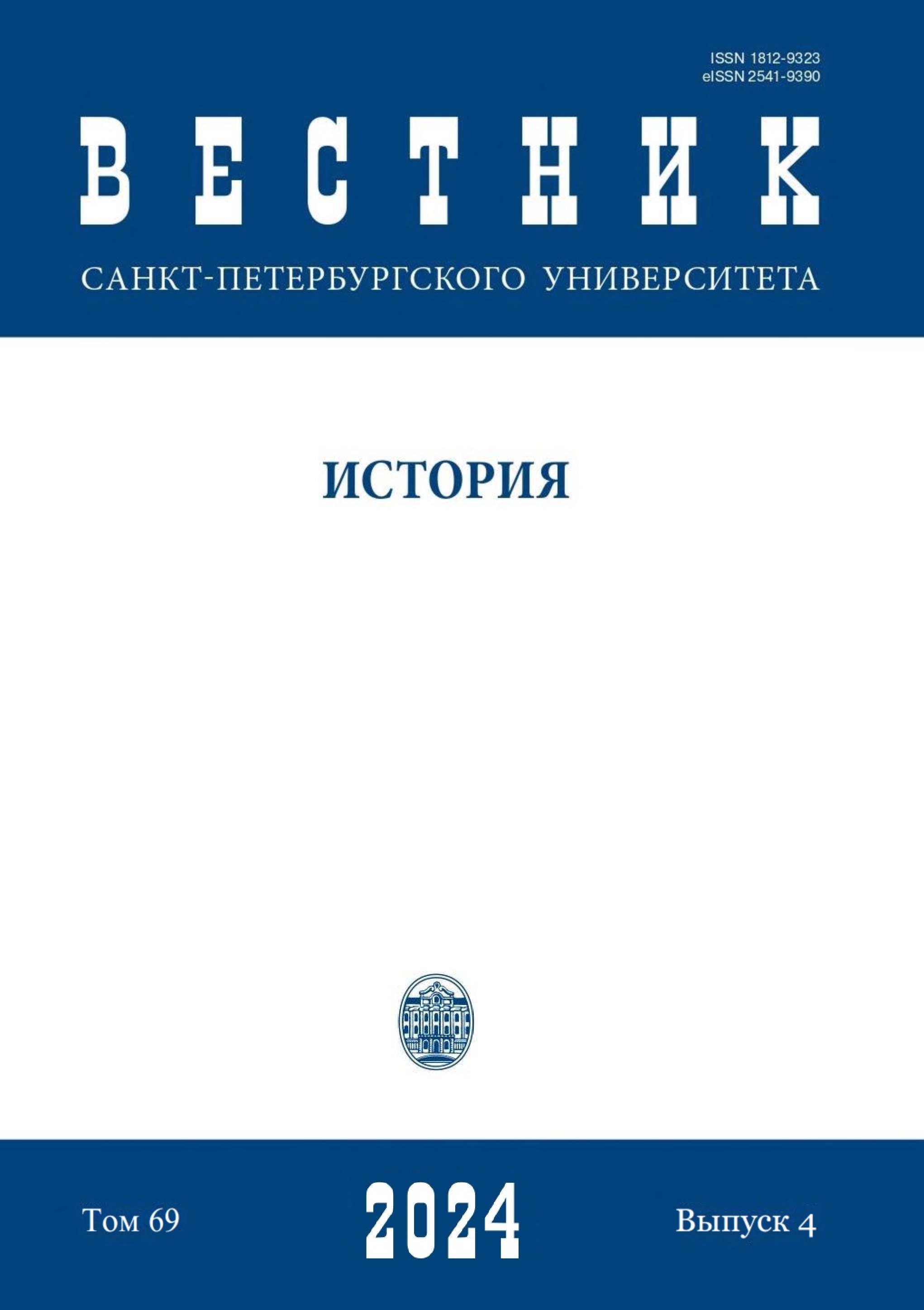Individual Social Strategies of Female Slaves in the Orenburg Steppe
DOI:
https://doi.org/10.21638/spbu02.2024.414Abstract
The article is dedicated to analyzing individual social strategies of several female slaves of the Middle Asian nomads of the second half of the 1850s. (by the individual strategy the author of the article, following K. Ginzburg, understand such activity of each person, the totality of which forms the social configuration of society). It is based on a corpus of documents developed at that time and stored at the Joint State Archive of Orenburg Region. In 1851, the Orenburg and Samara Military Governor V. A. Perovsky banned the nomads of the Russian Empire from owning captives. But the next Orenburg and Samara Military Governor, A. A. Katenin, treated nomads more favorably. During his administration of the Steppe (1857–1860) Russian authorities were contacted by both runaway slaves and slaves who wanted to stay with their master. As a result, Russian authorities were forced to investigate these cases. The found investigations of three cases of female slaves show the similarities of their individual strategies: they tried to assimilate into their captors’ society by joining their master’s family. We’ve also found two cases of female slaves (one from an earlier period), in which the investigation was never made, but their individual strategies can still be understood, and in one of them we see a similar strategy. Even male slaves who wanted to stay with their master were in most cases describing their relationships as them being part of master’s family, calling him “father”, “brother” etc. Thus, the analyzed documents show that part of the slaves of Middle Asian nomads of the 19th century followed an individual strategy of assimilating into the captors’ society, and for those who succeeded the emancipation by Russian authorities was just a formality.
Keywords:
slavery, Middle Asia, microhistory, slave trade, female slavery
Downloads
References
Downloads
Published
How to Cite
Issue
Section
License
Articles of "Vestnik of Saint Petersburg University. History" are open access distributed under the terms of the License Agreement with Saint Petersburg State University, which permits to the authors unrestricted distribution and self-archiving free of charge.





